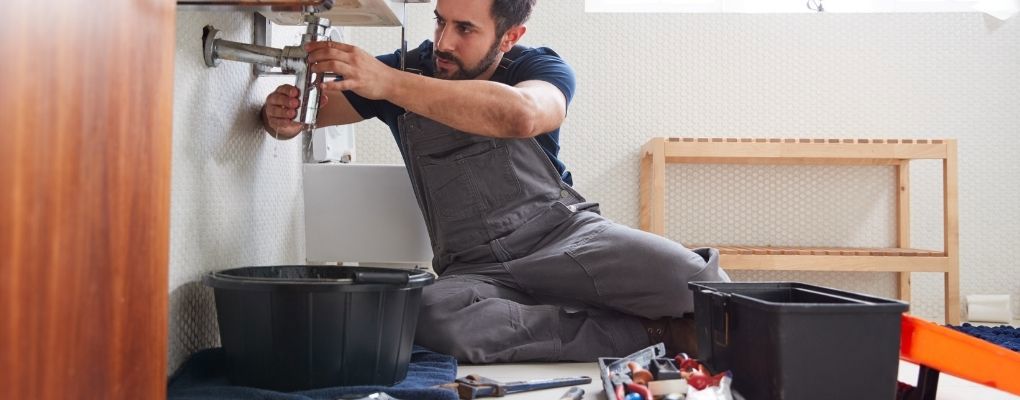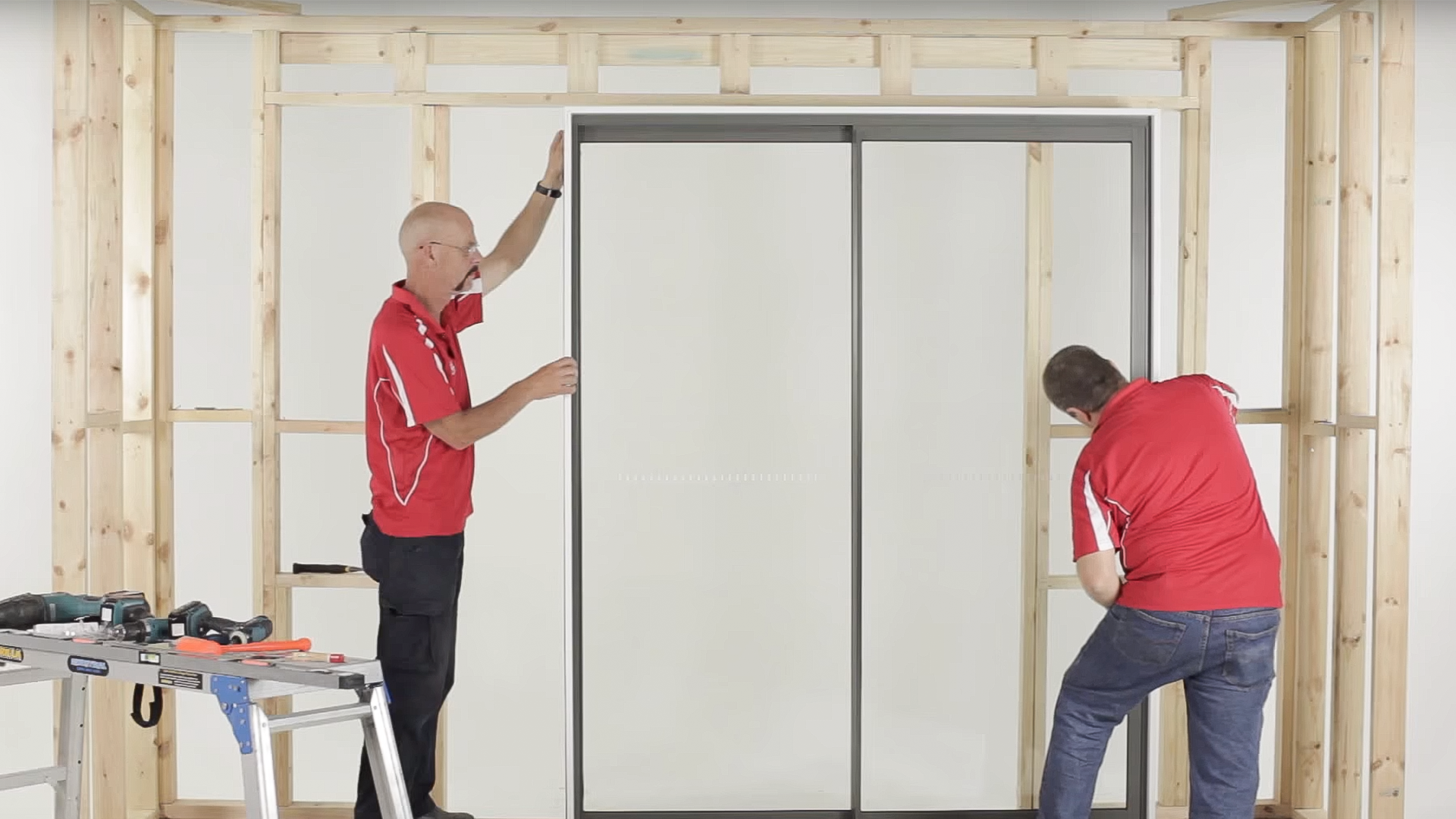As a tenant, it is important to have a clear understanding of your rights and responsibilities when it comes to repairs in your rental property. When a repair is needed, it is the landlord’s responsibility to ensure that it is carried out in a timely and efficient manner. However, understanding the repair and deduct remedy can be tricky. In this blog post, we will take a closer look at this remedy and provide you with a guide to help you navigate it with ease.
Table of Contents
What is the Repair and Deduct Remedy?
The repair and deduct remedy is a legal provision that allows tenants to take care of necessary repairs on their own and deduct the cost from their rent payment. This remedy is available to tenants in most states and is often seen as a last resort when landlords are unresponsive or uncooperative when it comes to making repairs.
When to Use the Repair and Deduct Remedy?
Before using the repair and deduct remedy, it is important to ensure that the landlord is aware of the need for repairs. This can be done by sending a written notice to the landlord outlining the repairs needed and the consequences if they are not carried out. If the landlord fails to make the repairs within a reasonable time frame, then the tenant may proceed with using the repair and deduct remedy.
How to Use the Repair and Deduct Remedy?
To use the repair and deduct remedy, tenants must follow a specific set of steps. The first step is to get an estimate for the repairs needed. This can be done by obtaining quotes from licensed contractors or repair professionals. Once the estimate has been obtained, the tenant should inform the landlord of their intention to use the repair and deduct remedy and provide them with the estimate.

The tenant may then proceed with the repairs, ensuring that they are carried out by licensed professionals and are of satisfactory quality. Once the repairs are complete, the tenant can deduct the cost of the repairs from their next rent payment, ensuring that they provide the landlord with copies of all the receipts and invoices.
What are the Risks Involved with Using the Repair and Deduct Remedy?
While the repair and deduct remedy can be a useful tool for tenants, it does come with some risks. One of the biggest risks is that the landlord may dispute the deductions made from the rent payment and take legal action against the tenant. To avoid this risk, it is important to adhere to the proper procedures and ensure that all repairs are carried out to a satisfactory standard.
Additionally, tenants may also face the risk of eviction if the landlord believes that they have not followed the proper procedures or if the deductions from the rent payment are deemed excessive.
Conclusion:
In summary, the repair and deduct remedy can be a useful tool for tenants who are faced with unresponsive landlords when it comes to repairs. However, it is important to use the remedy in a responsible and legal manner to avoid any potential risks. By following the proper procedures and ensuring that repairs are carried out to a satisfactory standard, tenants can use the repair and deduct remedy to their advantage and ensure that their rental property is in good repair.




